When the Apollo astronauts returned from the Moon, the dust that clung to their spacesuits made their throats sore and their eyes water. Lunar dust is made of sharp, abrasive, and nasty particles, but how toxic is it for humans?
The “lunar hay fever”, as NASA astronaut Harrison Schmitt described it during the Apollo 17 mission created symptoms in all 12 people who have stepped on the Moon. From sneezing to nasal congestion, in some cases it took days for the reactions to fade. Inside the spacecraft, the dust smelt like burnt gunpowder.
The Moon missions left an unanswered question of lunar exploration – one that could affect humanity’s next steps in the Solar System: can lunar dust jeopardize human health?
An ambitious ESA research program with experts from around the planet is now addressing the issues related to lunar dust.
“We don’t know how bad this dust is. It all comes down to an effort to estimate the degree of risk involved,” says Kim Prisk, a pulmonary physiologist from the University of California with over 20 years of experience in human spaceflight – one of the 12 scientists taking part in ESA’s research.
Nasty dust
Lunar dust has silicate in it, a material commonly found on planetary bodies with volcanic activity. Miners on Earth suffer from inflamed and scarred lungs from inhaling silicate. On the Moon, the dust is so abrasive that it ate away layers of spacesuit boots and destroyed the vacuum seals of Apollo sample containers.
Fine like powder, but sharp like glass. The low gravity of the Moon, one-sixth of what we have on Earth, allows tiny particles to stay suspended for longer and penetrate more deeply into the lung.
“Particles 50 times smaller than a human hair can hang around for months inside your lungs. The longer the particle stays, the greater the chance for toxic effects,” explains Kim.
The potential damage from inhaling this dust is unknown but research shows that lunar soil simulants can destroy lung and brain cells after long-term exposure.
Down to the Particle
On Earth, fine particles tend to smoothen over years of erosion by wind and water, lunar dust, however, is not round, but sharp and spiky.
In addition, the Moon has no atmosphere and is constantly bombarded by radiation from the Sun that causes the soil to become electrostatically charged.
This charge can be so strong that the dust levitates above the lunar surface, making it even more likely to get inside equipment and people’s lungs.
Dusty workplace
To test equipment and the behavior of lunar dust, ESA will be working with simulated Moon dust mined from a volcanic region in Germany.
Working with the simulant is no easy feat. “The rarity of the lunar glass-like material makes it a special kind of dust. We need to grind the source material but that means removing the sharp edges,” says Erin Tranfield, biologist and expert in dust toxicity.
The lunar soil does have a bright side. “You can heat it to produce bricks that can offer shelter for astronauts. Oxygen can be extracted from the soil to sustain human missions on the Moon,” explains science advisor Aidan Cowley.
This week ESA is hosting a workshop on lunar resources at the European Space Research Technology Centre in the Netherlands, meanwhile in space ESA astronaut Alexander Gerst is running a session of the Airway Monitoring experiment to monitor lung health in reduced gravity – preparing for a sustainable return to our nearest neighbor in the Solar System.

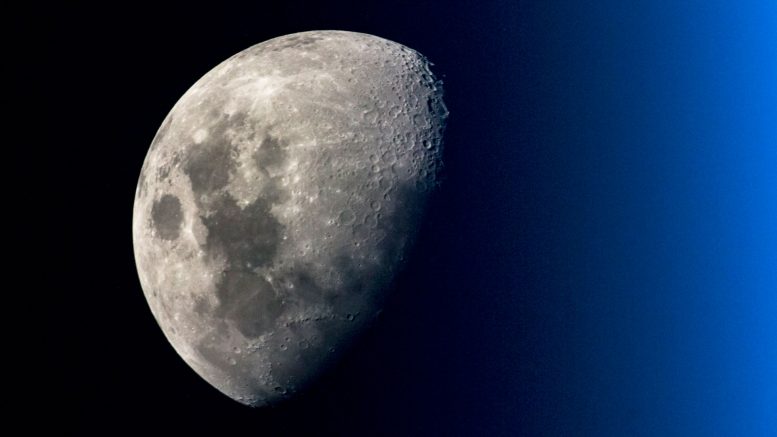
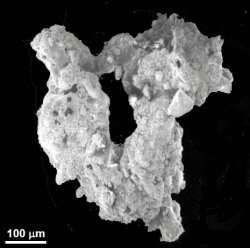
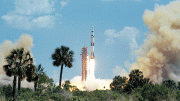
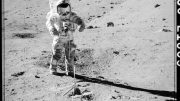
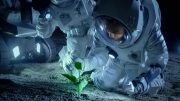


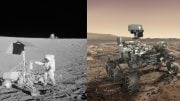
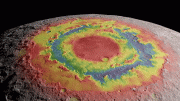
Here is a radically different concept to consider, as a method for attaining ‘low Earth orbit’ in a pristine manner, and perhaps space travel to places like the Moon, in general.
The Holoverse.com.au team could play a big part in this formulating concept, that most assuredly a form of their technology to be ‘front and center’ for humanity’s space-fairing, extended ‘eyes’. They’ll be able to handle the Moon dust.
Self-assembling A.I. spacecraft are going to need a real-time HOLOVERSE.
Dr. Douglas Witherspoon, invented the idea of the Slingatron, had a kickstarter page for a while, and then the idea seemed to fizzle. Though, perhaps if it was placed a 25 miles out, on a floating ‘StratoStation’, the feasibility for achieving 4.3mps could be reached?
John Powell of jpaerospace.com came up with the StratoStation concept.
Has anyone considered placing a Slingatron at the center of a StratoStation before?
Perhaps this following idea proposal just may work, with regards to replacing the need for polluting rocketry altogether to get us back to the Moon, and to put a re-engineered heavy payload into L.E.O.
Here it is:
I suggest the STRATOSTATION, http://www.jpaerospace.com/stratostation.jpg
-could be combined with a ‘contra-rotating’ SLINGATRON, that is placed at the center of the StratoStation, which feasibly could work from the edge of space. where 98.8% of the atmosphere is gone.
Yes, the major hurdles that the Slingatron must overcome could possibly be done at the edge of space, It is only a matter of time to see whether or not my suggestion here will succeed at achieving. 4.3 mps for a projectile.
The projectiles, being LN2-bathed from their tips for a slipstreaming effect, may be able to achieve L.E.O. to be received into a ‘catcher’s mitt’ satellite, which then retrieves thousands of these self-assembling A.I. projectiles.
Complete robot spacecrafts could be built this way, for a small fraction of what it presently is taking to get the same amount of weight into orbit.
These A.I., self-assembling projectiles could maybe have strong attracting magnets at their tips, pulling them all together into one icosahedron-shaped unit, which then assembles with other units, to finally become a deep space-faring craft.
And it all is done is a pristine manner. Zero environmental damage. Completely sustainable.
Then, here on Earth, we have fully equipped Australian-designed ‘Holodeck’ rooms, that will recreate, down to the dust particle, what the A.I. robot sees, as it explores outer space in our stead. They are truly our extended eyes, as we remain here in a safe environment.
Moon dust ‘asbestosis’ is all the more reason to have self-assembling A.I. robots be our extended eyes, and we remain here on Earth, using a ‘Holoverse’ to experience in real time what is going on there.
The the modern day rocket soot left behind from hypergolic, perchlorate, hydrochloric acid propellants into the upper stratosphere, is eventually going to completely destroy it.
All life depends upon this Stratospheric envelope remaining in tact. Though presently, it is the Wild West, out of sight out of mind area, where regulations, and the environmental impact reports, haven’t yet reached.
Without a SCIENCE COURT in place, with the same veto powers of the Supreme Court, where the corrupting influence of bought-and-paid-for politics, or the mind-numbing Disney-media brainwash reporting cannot reach, this idea will never see the light of day.